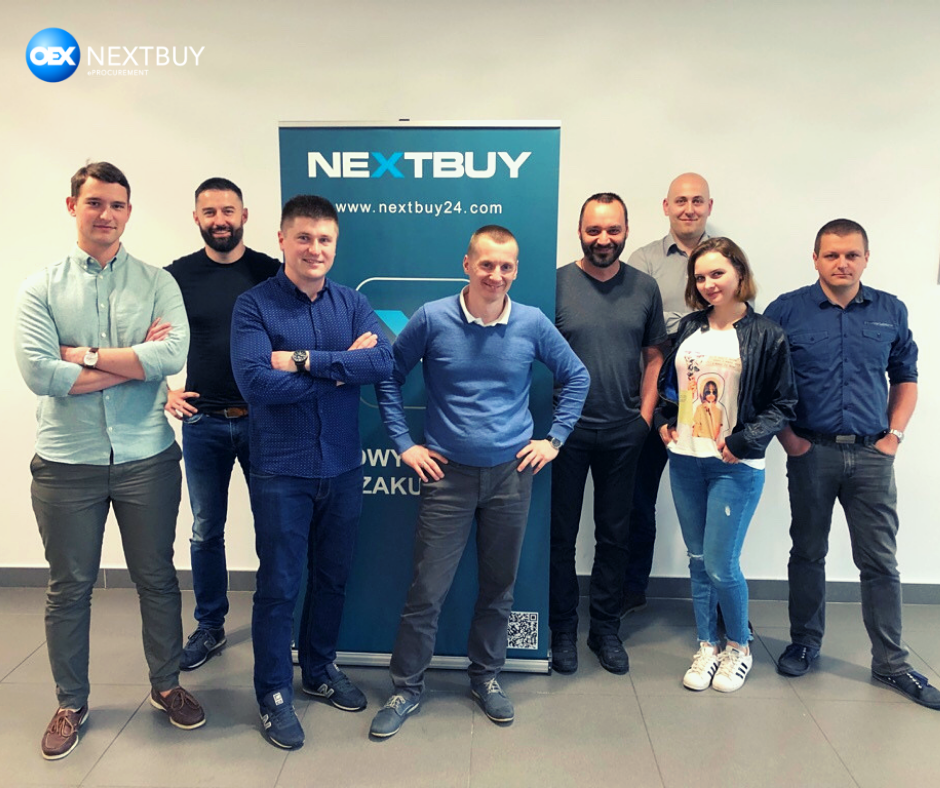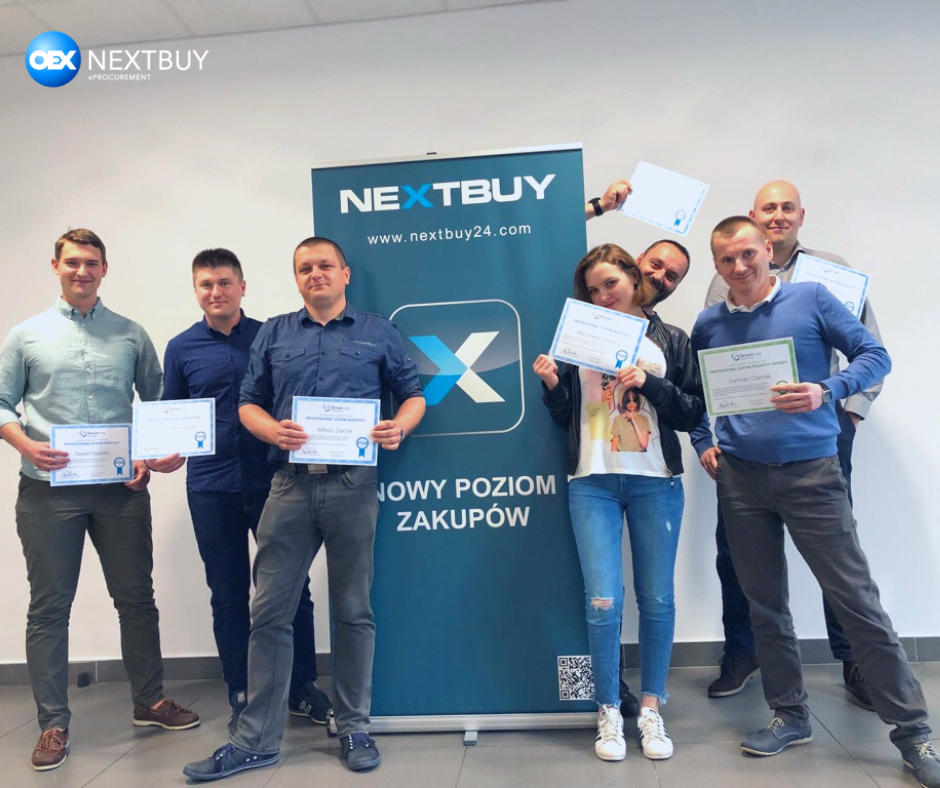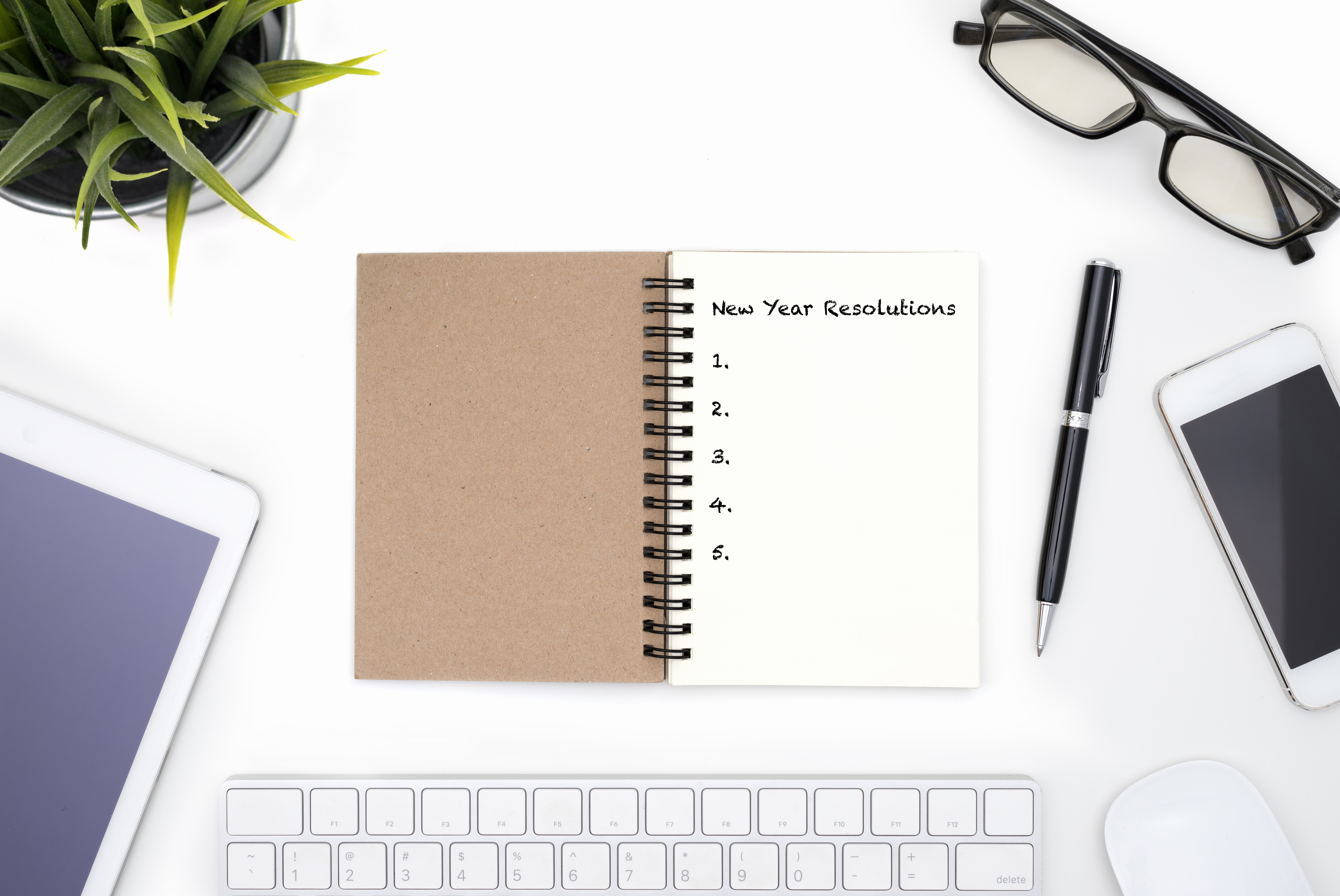How to achieve short-time savings during crisis? Horror stories how NOT to do it, because failures are always good to learn from.
Spis treści
E-auction
Specific type od negotiation, when you have to prepare everything beforehand, because after you commence the e-aution no changes can be made. In order to do an e-auction – on a very high level – you need to have three things: alternative suppliers, which not only means to have suppliers that you can have offers from, but suppliers who’s offers can be implement really quick. Then you need to be attractive as a client and it has to fit into your category strategy.
Those 3 things you have to consider if you’d like to go into e-auction. Let’s assume we have those things. Then you need to remember that e-auction can be run only if is followed by a proper sourcing process. This material is about making it quick and efficient, in order to grab some quick savings. Yes, that was out goal – we wanted to make it quick. Here goes the story.
Example:
E-auction setup:
-
Products
We had 8 suppliers, 4000 SKUs, which we divided into 12 lots because you cannot manage it otherwise in the e-auction system. It was English e-aution, set for 60 minutes. Below you can see what suppliers were able to see, so the mentioned-above 12 lots, their price and their rank (tutaj zdjęcie).
-
E-acution timeline.
Timeline is important for the e-auction, the longer it takes the less efficient it is, but also it makes suppliers tired and the your credibility is somehow down. Time plan was: 60 min e-auction (where we anticipate some 20 min for warm up and login help to some suppliers) and additional 15 min overtimes. Overtime is triggered when a supplier place a bid in the very last moment (usually 1 or 2 minutes) and is prolonged by 2 minutes, so that other suppliers may have a chance to respond. This is the reason why we anticipated 15 min longer than regular 60 min e-auction.
-
Best practice rules
Just as a reminder, you really have to make sure that everything is prepared, buttoned up before the e-auction starts. Once you start the e-auction you can’t make changes. Well , technically you can, but again, each modification of running e-acution causes your credibility lose. Everyone need to honor the e-auction result. Both buyers and the suppliers. If not by legal means (which you can sometimes skip, especially if you practice more agile business approach) then you ought to honor it due to your again… credibility.
-
Start the e-acution
We started it then. To our surprise, after one hour of regular e-auction, we had another one hour of overtimes – it triggered 158 times. It gave us the 14% savings though.
However, try to imagine the level of tiredness, after 2 hours of the process, that was spend in front of the computer. For the organizers of the e-auction is a bit tiring but even more so for the suppliers.
Well, we move on…
Stage no.2
After another 5 hours of overtimes, 829 overtimes and price, 34% below the initial prices it was already 7 p.m. in Poland and some of those suppliers are from China, Kazakhstan, etc., so that means it’s midnight for them. If we thought we were tired, think about our suppliers, fighting for business. What should we do in this situation? We were forced to pause the e-auction due to the time difference, and send the message to all the participants, that the e-auction will start at 8 am. CET next morning.
So we started it the next morning at 08:00 am…. And… it took another four hours overtimes.
In total the a-auction took 21 hours (including midnight break), triggered 1812 overtimes and produced 46% price reduction.
One would say that 46% price reduction, which in this case means millions, is not a bad result for 21 hours of work, so when the horror comes in?
Where was the problem then?
When you achieve 46% savings for a standard catalogue products – like in our case – there are only two options that could cause this result:
- This was the very first time in years that someone took action on challenging suppliers in their prices (like sourcing process and e-auction)
- You screwed up the process and offers presented by suppliers are not a direct comparison – “not apple to apple”
In addition, my bad stomach feeling, was due to so many overtimes and time. This was a signal that the sourcing process before the e-auction was not correct.
The preparation phase, which should focus on the legal specification and the supplier communication plan, i.e. the technical dialogue, which should happened before the e-auction phase just didn’t happen, because we wanted to do it quick and dirty.
What could have been done?
- Instead of running so many items, which increased the risk of confusion and incompatibility of the suppliers, there should be more clear specifications put out beforehand. You can’t make it for all 4000 SKUs in a short time. Make it for selected, most relevant 15 to 30 items. After all those are the catalogue items. In our case, lack of clear dialogue before the e-acution caused the problem suppliers all quoted as per their believe of substitute materials, and that the e-auction is driven by the lowest price only, no matter the quality.
- The pressure on the supplier in the RFQ round 1 was another element that went wrong. If you want to run the e-auction, first you need to have RFQ. Collect the prices and if that cause too big discrepancies, that should tell you that something is wrong you need to align with the suppliers the specifications, terms and conditions and other things. That particular thing was not done the right way, because again…we wanted to make it quick. And it hit us back. A lot.
So how can you to that correctly?
If you have, for example those 4000 items in your catalogues and you want to make it quick, then you should identify 10-15 items, 30 at max, which are the most relevant representatives of your auction, i.e. the A category. Make sure that you give it very clear understanding and specifications, even the brand names, that everybody understands. Then you send those for the RFQ. Suppliers should be able to place their quotes fast, after all those are standard items. When you see the prices, you should be able to compare the offers, AND THEN you start the e-auction. Whatever the savings you achieve of those items, then you try to negotiate to extrapolate the achieved discount level to the remaining B and C category items. This is vwry good practice to express that rule in the e-auction rules of awarding. Your incumbent supplier (or a winning supplier) should be interested in making that deal with you. Otherwise there is too great risk that you will end up as we did, in unnecessary and time consuming detailed discussion. We were never able to implement those savings, because during the implementation phase we were discovering that there were not exactly the things that we thought that we were buying.
This situation can potentially produce two outcomes.
- Short-term savings, which you make purely commercial. You harvest 7% price decrease on whatever you have – as per the RFQ results with your incumbent supplier. The specification is locked-in. Commercial savings have that advantage that they start and end on the procurement, so you don’t have to involve anyone else in the company, you just shave that 7% out of the price with your suppliers and you’re good to go.
- Long-term savings, which in our case would be considered as value engineering project, where the specification is not locked and you open the discussion: ‘can we switch that item to that item’. You end up with 4000 SKUs, which you have to validate. This is why it is a value engineering – you changes specs, and involve your engineers to validate those changes. Time and resource consuming, might be worthen though, but needs to be evaluated – savings vs resourced burned to deliver.
One way or the other, you wont be satisfied – ether lower savings quickly, or higher savings with extra time and resourced needed. Again, … unfortunately, there is no such thing like free lunch – not even when you use an e-auction.











